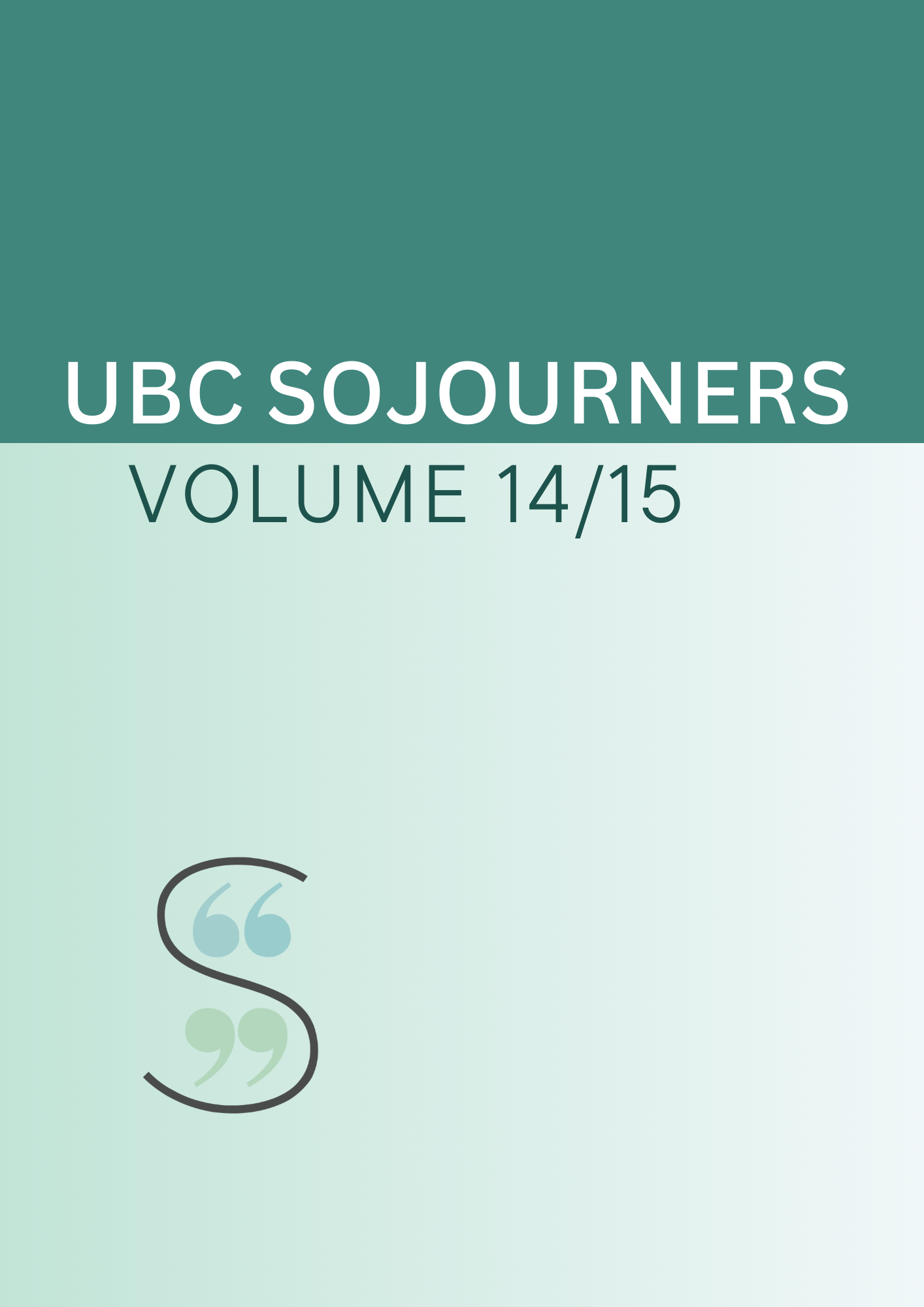Drivers of Dissidence: A Discourse Analysis of Vancouver’s Road to Ride-Hailing
Abstract
In 2012, Uber launched their ride-hailing service in B.C. to a mixed public reception. Initially met with fines from the Passenger Transportation Board (PTB), many fought for UberX (Uber’s ride-hailing service, hereafter simply Uber), and ride-hailing was subsequently allowed to run in 2020. During Uber’s eight-year road to legality, a lengthy public negotiation in Vancouver took place, pitting the ideals and history of B.C.’s taxi regulations against the purported innovation, efficiency, and customer utility of Uber. While numerous studies attempt to understand how the public and legislators have debated ride-hailing elsewhere (e.g., Brail, 2018; Pelzer et al., 2019; Serafin, 2019), in the unique legislative setting of Vancouver, no analysis of their advertising campaign has yet been undertaken.
My study uses NVivo to analyze key public documents regarding Uber’s introduction into Vancouver (2014-2020), pulling from 103 major media articles and four government documents to create a history of Uber’s arrival and analyze the frames (terms used to describe Uber, the taxi industry and ride-hailing) which supplemented the debate. I found that Uber’s contention that they are an economically sustainable technology service, not a transportation service, played a key role in justifying the final legislation in favour of Uber; able to offset their similarity to the already existent taxi regime, and in conjunction, the paying public’s responsibility to the harm Uber’s service posed to the already low-paid, marginalized work of taxi driving.
Downloads
Published
Issue
Section
License
Copyright (c) 2023 Sojourners Undergraduate Journal of Sociology

This work is licensed under a Creative Commons Attribution-NonCommercial 4.0 International License.

